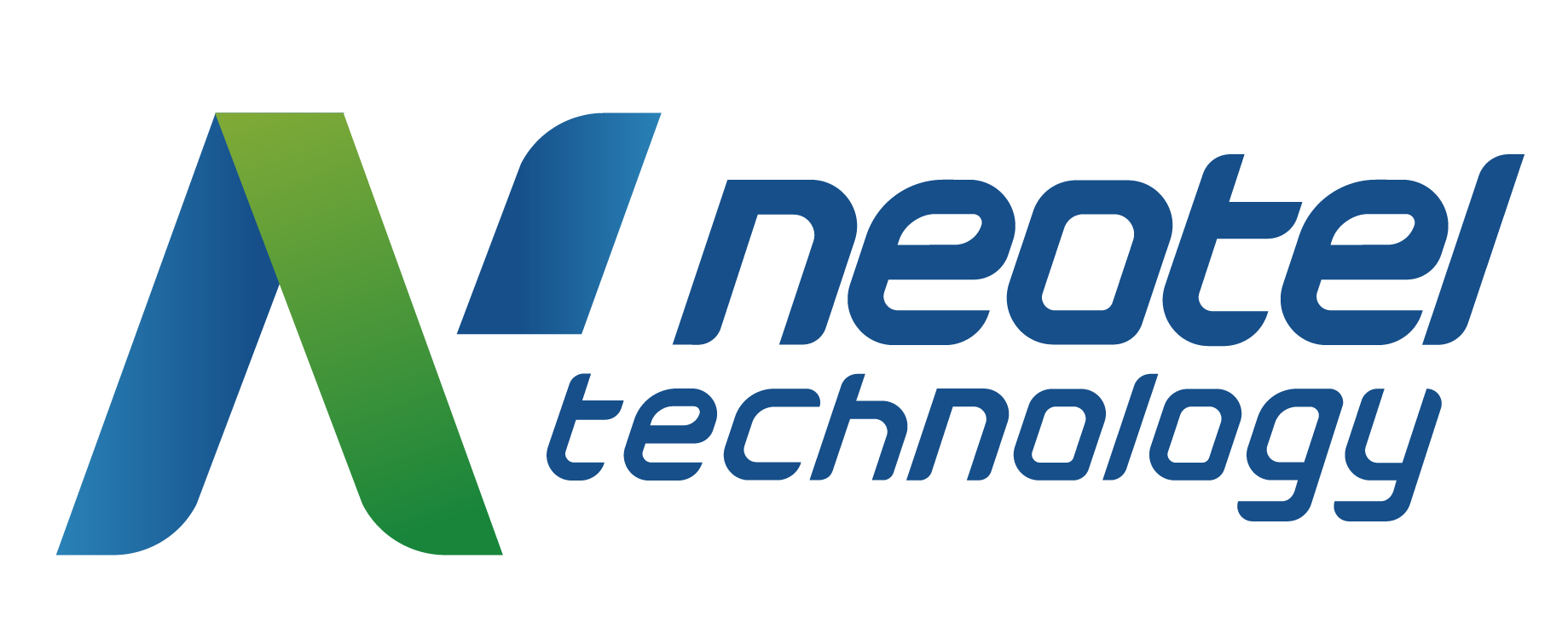Cloud computing is the ability to offload storage and processing power to a central physical server while allowing users to virtually access those resources anywhere at any time as long as they have an internet connection.
KEY TAKEAWAYS
The Cloud is Internet-accessible offsite storage and processing resources for consumers and businesses
Clouds can be private, public, or hybrid
Businesses use cloud computing for Saas, Paas, and IaaS solutions
What is the Cloud?
A cloud service provider hosts a remote server system available for customers to tap into and virtually access the expansive resources offered by a centralized system.
Cloud computing is what allows you to access your email on your phone, your laptop, or any device you’ve never seen before, as long as you have internet access.
Clouds are maintained through massive data centres throughout the world that host different Internet servers for the distribution of data. Like Dropbox or Google Drive, the cloud is a theoretical storage system that can house parts of the internet for future access.
If you’ve ever switched to a newer phone and found all of your contacts, information, and emails still in the same folders, you’ve accessed your information via cloud storage!
3 Types of Cloud Computing (+1 Bonus One!)
By now you can understand why the cloud is used as a metaphor for the Internet: both concepts are amorphous, with borders or limits that are not immediately distinguishable. Just like you may not notice the morning mist that rises to become fluffy clouds, you may not notice the constant buzzing of electrical signals that build to create a global net of instant communication.
Admittedly, this is still pretty difficult to visualize at times, so it is important to at least recognize the ways in which the cloud manifests. There are three “shapes” of cloud you will encounter:
Public Cloud
Essentially, the public cloud is the Internet. It is very similar to the private cloud in terms of architecture and infrastructure, but it is accessible to multiple users at once regardless of physical location.
An example of public cloud use would be free public wifi in city parks, where individuals can access the internet without private login credentials.
Private Cloud
An online network specifically controlled and operated by a single user, a private cloud is especially useful for companies that have to comply with privacy laws. A private cloud keeps confidential information on a server owned and maintained by a sole operator.
For example, a small law firm may operate on a private cloud, where all company resources are exclusively accessed from a single location with a set number of approved computers and devices for extra privacy. In this instance, workers will have to go into the office to access their work files on an approved device using approved user credentials.
Hybrid Cloud
This is a combination of public and private clouds that allow businesses easy accessibility across the board while ensuring the privacy of certain data stores.
A company might set up cloud infrastructure in this way because they want a dual access system where executive workers with approved user credentials can access high-level information that is not disclosed to lower-level employees. In this case, a hybrid cloud gives more flexibility than a private cloud and more privacy and safety than a public cloud.
Benefits of the Cloud for Consumers
There are so many benefits of using cloud computing that it’s hard to even keep count—the possibilities seem as endless as the cloud itself! A few key features are:
Businesses can save money and manpower by offloading hosting and maintaining a private server with a full IT support team
Multiple people can view and access the same information via instant file sharing
If a device breaks or a network crashes, data is safely backed up by the cloud
Instant communication and coordinated real-time data of all resources
All web applications, including social media, allow for greater social circles
Users are no longer limited by the potential power of a single hard drive, and can instead wield the extended power of a bigger CPU
Businesses that need to operate on-the-go have location independence while using the cloud, so they can still access all their resources
Easily scalable testing for newly-built customized applications
Installations and updates are instantly applied by the SaaS provider via the cloud instead of having to physically meet to ensure proper hardware compatibility
Accessible processing power to help businesses participate in industrial trends like big data, Machine Learning, and Artificial Intelligence
Cloud Computing Benefits for Businesses
Because the cloud is so helpful for businesses as they fluctuate and scale with demand, there are several types of cloud-based solutions available:
Software as a Service (SaaS)
Application software that is sold or rented by a cloud service provider
E.g. Enterprise Resource Planning Systems, Salesforce, Dropbox
Platform as a Service (PaaS)
Infrastructure and development tools accessed through a virtual operating system (OS) called a container that is provided by a cloud service provider with a remote data center
E.g. Microsoft Azure, AWS
Infrastructure as a Service (IaaS)
Infrastructure, physical and virtual servers, development tools, networking, and databases managed by a cloud service provider. This “backbone” of core computing tools is especially helpful for companies that need to adapt to spikes in scalability
E.g. Applications created through infrastructural cloud-based tools
Is Using the Cloud Risky or Dangerous?
Yes, and no. Like all technology with the potential for corruption, the cloud can be extremely vulnerable to targeted attacks. This is true of consumers as much as businesses. Consumers are at risk of their personal identifying information like credit cards and ID numbers being taken by hackers. Businesses, likewise, can be targets for competitors or hackers looking to sell high-clearance data.
All cloud data has the potential to be corrupted or stolen by malevolent actors.
However, with proper attention to security measures, this is a risk no different than one introduced by other technological innovations.
In other words, as long as you are prudent in setting up your cloud architecture, it is a better idea to employ cloud computing than not.
There are downsides to the cloud, such as the necessity of an internet connection. In the same vein, if there are any outages or shutdowns at the level of the cloud service provider, you are out of luck until the cloud comes back online, so it helps to run a backup server for emergencies.


